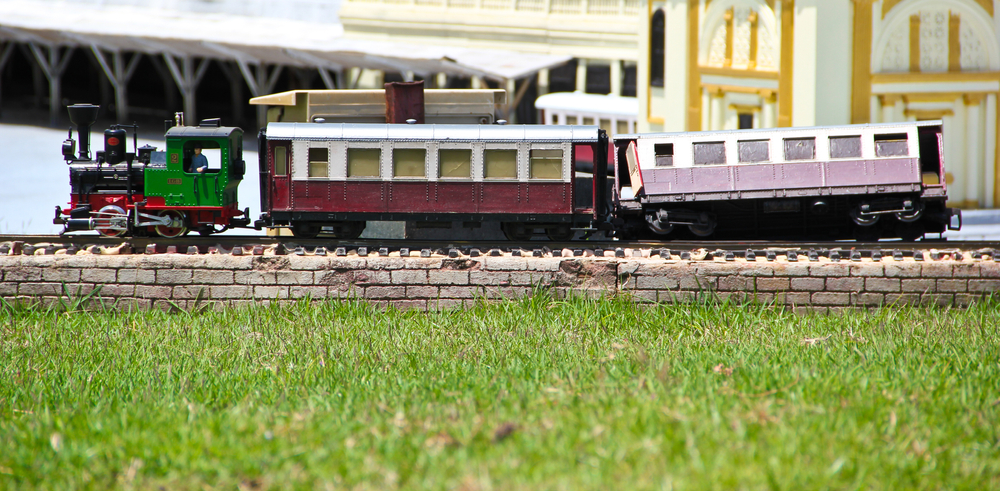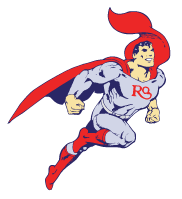Nothing can be more frustrating than when playing with your model trains, and a derailment happens. One moment, everything’s running smoothly, and next, your engine is off the track! Most derailments aren’t caused by bad luck. They’re usually the result of small mistakes that are easy to fix once you know what to look for. Here are the most common mistakes that cause model train derailment.
Improper Track Assembly
Improper track assembly is one of the leading causes of derailments. If the track isn’t aligned correctly or pieces don’t connect tightly, it can cause gaps, uneven sections, or misaligned rails. All of which can throw your train off course.
Dirty Track
If you notice dust, grime, or tiny misalignments in the track, it can cause trains to slip or bounce off the rails. The best way to prevent this is to regularly clean your tracks with a soft cloth or specialized track cleaner. You also want to double-check that your track is level and securely connected. The combination of the two will keep your train moving along nicely.
Bad Wheel Alignment
Wheels that are either too close together or too far apart won’t stay in the rails properly. Use a gauge tool to make sure all wheels are set to the correct spacing. This is especially important for cars you have modified or assembled yourself.
Too Much Speed
We know it’s tempting to go fast, but just like real trains, model trains need to slow down around curves and switches. Speeding through turns is a surefire way to send your train flying. Keep your throttle under control, especially on older layouts or with lighter rolling stock.
Overloaded Cars
Too much weight in one car or uneven distribution can cause tipping and derailments. Make sure loads are balanced and not too top-heavy. Also, double-check couplers. If one car is pulling at an odd angle, it can yank another car off the track.
Turnouts
Turnouts are common derailment points. If a switch isn’t throwing cleanly or is misaligned, wheels can get caught in the gap. Keep your switches clean, and watch for wear or warping that might affect performance.
Mixing Equipment Types
Sometimes, different brands or generations of cars don’t play nicely together. Mixing long and short cars, or combining old coupler styles with new ones, can cause trouble. Try to keep consistent standards across your rolling stock.
Let Us Help You Troubleshoot
Whether you are starting your model train hobby or are trying to figure out why your model train is derailing, we can help. There are so many small errors that can turn into a bigger deal. Charles Ro can help you determine the problem while also finding the best way to fix it. From getting the right parts to tackling something tedious, we are here for it.


